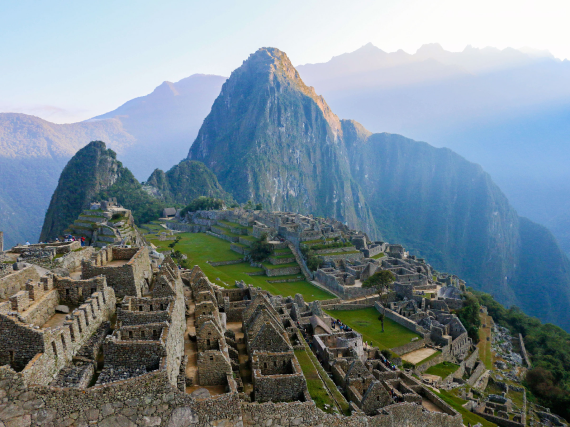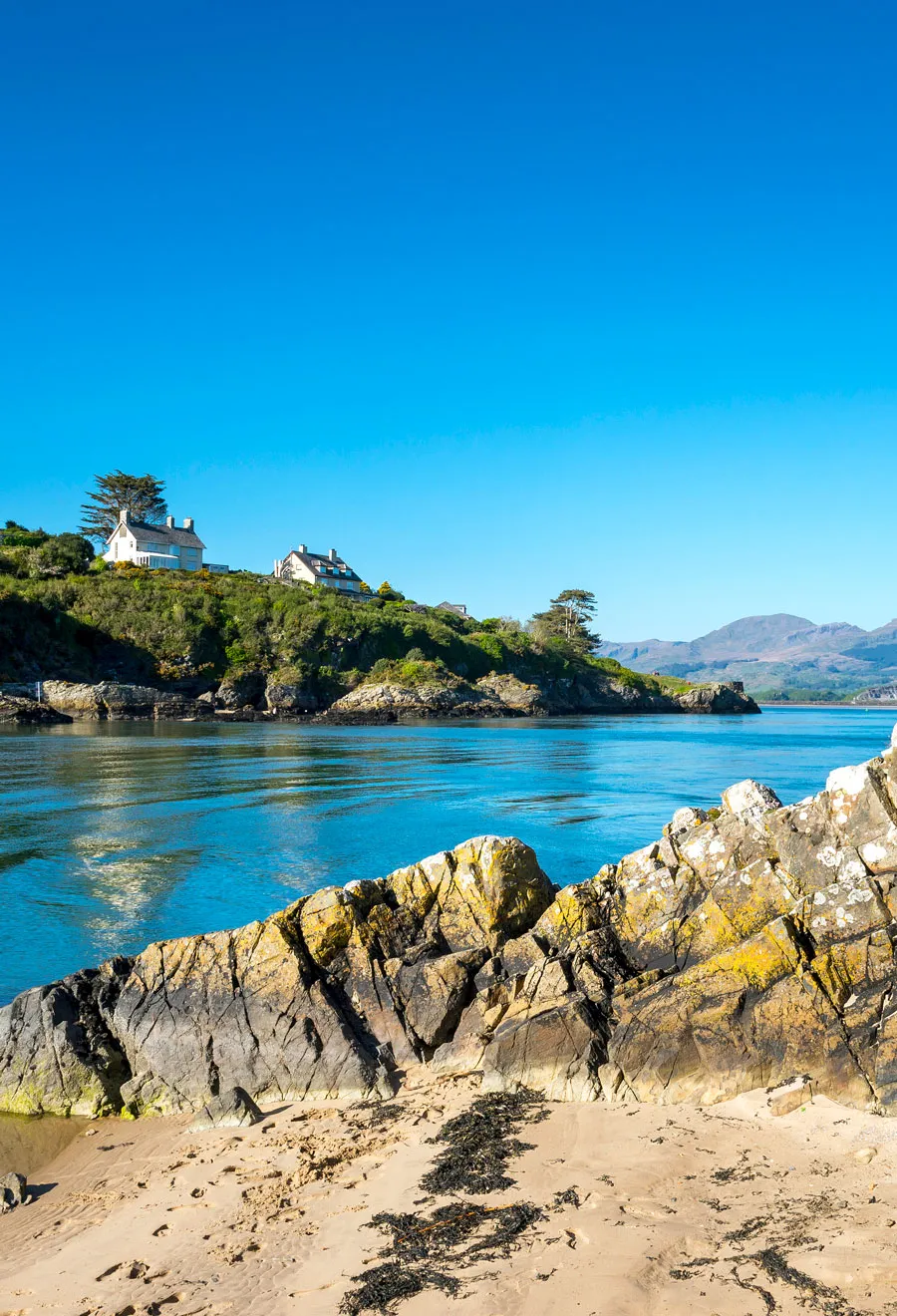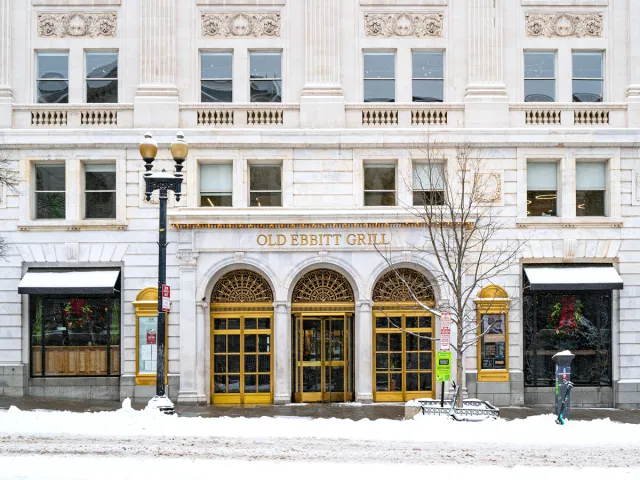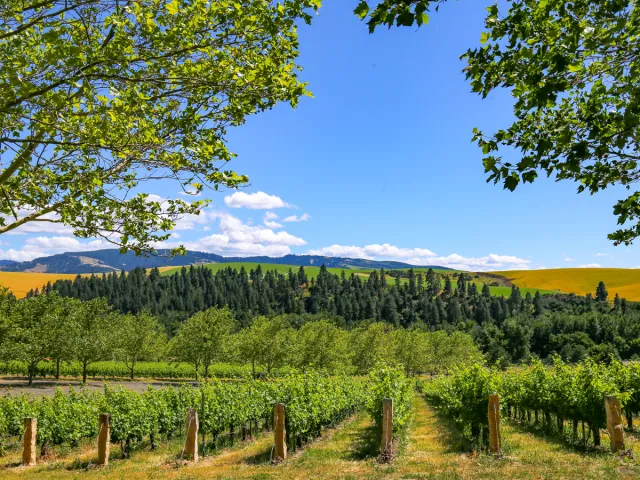Ever crossed the street and felt like you stepped into a new season? That would be the magic of a microclimate, a pocket of weather that behaves differently from the areas around it. Coastlines, deserts, forests, mountains, and even city streets can all create microclimates, resulting in unique places where a short walk or drive reveals an entirely different atmosphere. Here are six destinations whose unusual microclimates make the local weather a fascinating example of nature’s unpredictability.
Halifax, Canada
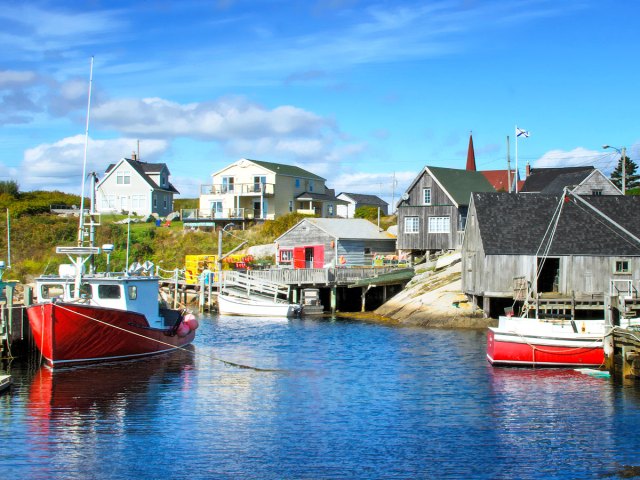
The capital of Nova Scotia sits on the Atlantic coast, where the ocean heavily influences the city’s climate. Thanks to maritime moderation, winters are typically milder and summers are cooler in Halifax than in inland areas located at the same latitude. The local topography also creates notable microclimates. Neighborhoods such as Clayton Park tend to be windier and slightly cooler, while the North End and other low-lying areas witness higher levels of humidity and increased fog.
Like many cities, Halifax also experiences a heat island effect, in which dense urban downtown areas become hotter due to asphalt, concrete, glass, and other human-made structures retaining heat longer than natural landscapes. The city (like others across Canada) aims to reduce this effect by planting trees, increasing green spaces, and introducing reflective roofs and pavements. Initiatives also focus on shading streets and using permeable surfaces to cool neighborhoods and lower energy use.
Porthmadog, Wales
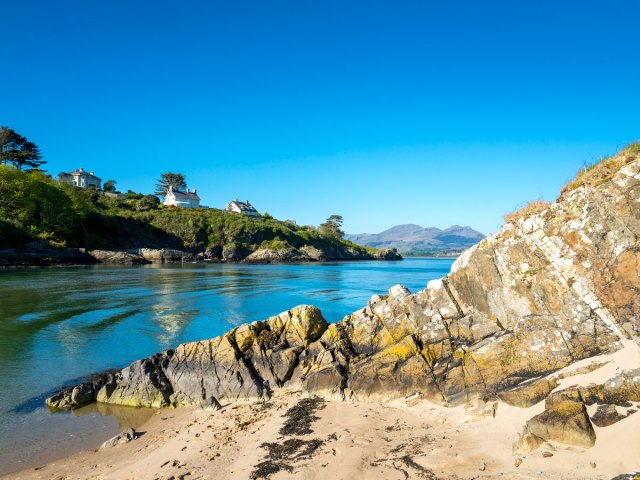
A traditional seaside port town in northwest Wales, Porthmadog is known for having some of the best weather in the United Kingdom. This is due to the town’s inland position on the Glaslyn Estuary and the shelter provided by the hills and mountains of the Snowdonia region, home to Eryri National Park (the largest in Wales). This protects Porthmadog from both cooling sea breezes and cold northeasterly winds. In 2018, the town set a record for the highest temperature in Wales during February (69.5 degrees Fahrenheit).
This warm climate makes Porthmadog an ideal destination to enjoy the outdoors during almost any time of the year. Visitors can walk the Cob, a nearly-mile-long causeway across the city’s estuary, or check out the pathway that weaves through the countryside to Black Rock Sands Beach. The Ffestiniog & Welsh Highland Railways also offer a scenic journey through mountains, forests, and river valleys from Porthmadog to the former mining town of Blaenau.
Santiago, Chile
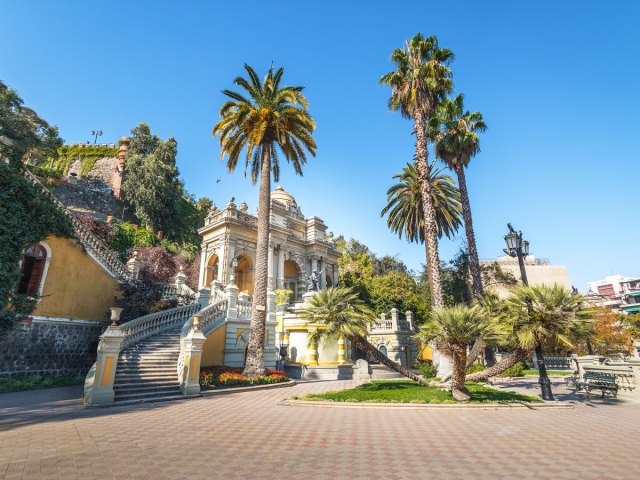
Localized weather patterns in Santiago de Chile are shaped by its valley location between the Andes mountains and the Chilean Coastal Range. As a whole, the city experiences a Mediterranean-like semi-arid climate, including warm, dry summers and cold, humid winters. That said, varying elevations and shifting wind patterns produce noticeable citywide differences in temperature and rainfall. Neighborhoods at higher elevations, such as Lo Barnechea, receive cooler mountain winds. At the same time, lower districts including Independencia retain heat, leading to hotter summers in these areas.
The heat island effect is also a cause of weather variations across the Chilean capital. According to local reports, during the 2015-2016 summer season, the eastern commune of Las Condes had one heat wave, compared with six in Independencia. The main factor was the urban environment, with Las Condes having a lower building density and more green spaces. When the heat does hit, locals can find some respite at nearby Sierra de Ramón mountain, or drive around 75 miles to the coastal towns of Valparaiso and Viña del Mar.
San Francisco, California
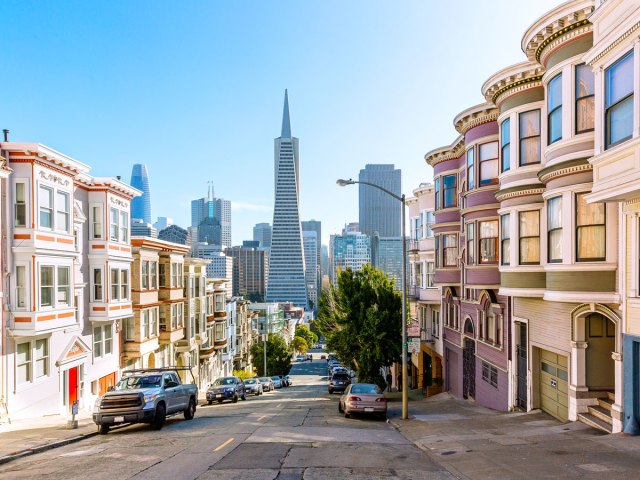
The Bay Area’s famous microclimates are shaped by the city’s 48 hills and its proximity to the Pacific Ocean, with its prevailing west winds. As a result, temperatures, rain, fog, and wind vary significantly across neighborhoods. In general, coastal breezes and fog cool the western areas, while sun exposure in the East Bay brings warmer and drier conditions.
It’s advantageous for visitors and residents alike to understand these patterns. Marked by blue skies and mild temperatures, areas such as the Mission District, Noe Valley, and Potrero Hill are often ideal for outdoor pursuits. In contrast, neighborhoods including the Richmond District, Sunset District, and Ocean Beach are synonymous with fog, especially in summer. Neighborhoods at higher elevations, like Twin Peaks, are frequently windy and prone to quick temperature changes, while denser places such as SoMa and the Financial District are prone to the heat island effect.
Sydney, Australia
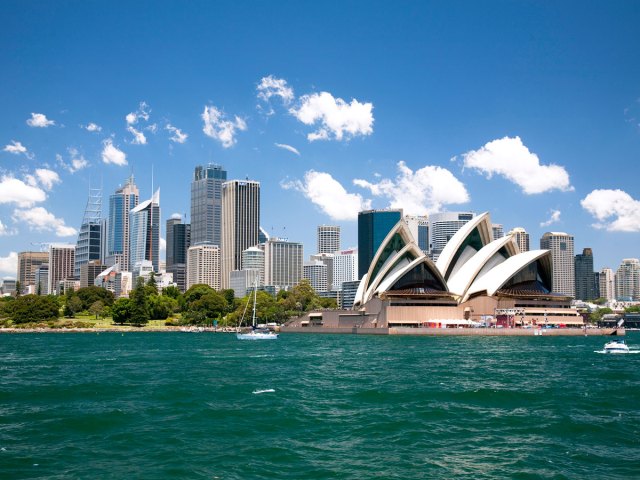
A coastal location, varying elevations, and urban density are also factors affecting the microclimates of Sydney. Central and harbourside suburbs tend to be cooler during the day thanks to sea breezes. However, these places are also hotter at night due to the presence of heat-absorbing concrete and glass buildings. Southern suburbs, like Alexandria, and western areas, including St. Peters, tend to experience the hottest daytime temperatures in the Sydney region. But even within a few miles, daily highs can change dramatically. For example, on December 9, 2023, St. Peters hit 113 degrees Fahrenheit, while the Royal Botanic Garden measured just 86 degrees about 6 miles away.
Despite the presence of “green lungs” such as Centennial Park and Moore Park, Sydney’s city planners are constantly looking for innovative ways to adapt to the city’s microclimates. New developments include increased tree canopies, green roofs, and reflective surfaces to reduce heat retention. New suburban developments are also being planned according to the wind direction to help hot air escape faster.
Ticino, Switzerland
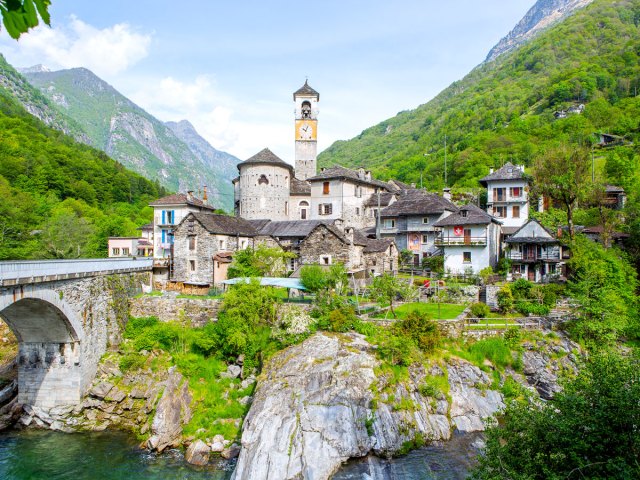
Stretching along Switzerland’s southern border with Italy, Ticino enjoys a unique Mediterranean-influenced microclimate. Protected by the Alps, this canton of pristine lakes and soaring peaks basks in over 2,000 hours of annual sunshine. This creates milder winters, earlier springs, warmer summers, and longer autumns than across the rest of Switzerland. The generous amounts of sun make it the country’s most botanically rich region, too. Chestnut groves, cypresses, palms, magnolias, and other plant species all thrive here.
Nestled in Lake Maggiore, the Brissago Islands are among the places to benefit most from the microclimate. On the larger of the two islets, a botanical garden showcases some 1,700 individual species from around the world. A major influence on the plants’ growth is the lake’s ability to retain warmth and keep frosty days to a minimum. While snowfall is common in high valleys such as Leventina, it’s possible to enjoy both skiing and a walk along palm-lined lake promenades in a single day.
More from our network
Daily Passport is part of Inbox Studio, which publishes content that uplifts, informs, and inspires.

